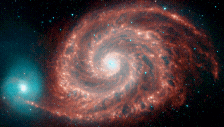 |
M51 Whirlpool IRAC Spitzer
See Sample Projects for some of the IRAC/SIRTF/Spitzer tasks that I have supported
Tasks have included Infrared Array Camera optical design studies and stray light analysis, image analysis, photometric analysis, 3D ASAP modeling.
Spitzer Space Telescope |
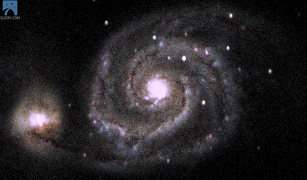 |
M51 Whirlpool (Visible)
Visible (l-rgb) image taken by myself March 24, 2012 using the Slooh CI1 Telescope on Mt. Teide, Canary Islands, Spain. The telescope is equivalent in size to the IUE telescope shown below. The default png image processed in Photoshop CS3 and cropped to match the Spitzer image
• 0.5 meter f/6.8 Corrected Dall-Kirkham –Field of View: 37 × 37 arc-minutes –Camera Resolution: 3,056 × 3,056 pixels (binned 1×1) –Filter Set: Luminance, Red, Green, Blue, Hα, O-III, S-II, Photometric UBVRI --- Slooh Remote Astronomy
|
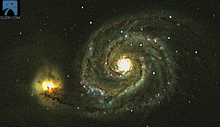 |
M51 Whirlpool (Visible)
FITS Test Images using the SloohT1 Telescope on Mt. Teide, Canary Islands, Spain. The telescope is equivalent in size to the IUE telescope shown below.
• 0.5 meter f/6.8 Corrected Dall-Kirkham –Cropped from Field of View: 31× 31 arc-minutes to 220x127 pixels –Filter Set: Luminance 2x50, Red@20, Green@20, Blue@20 Processed using MaximDL & PhotoShop Elements 10
Slooh Remote Astronomy |
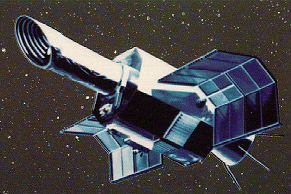 |
IUE-International Ultraviolet Explorer
Photo: NASA/GSFC Imagine the Universe
International Ultraviolet Explorer, an ultraviolet space observatory launched in 1978. Originally designed for a 3 year mission, IUE exceeded all expectations and functioned for over 18 years, finally being decomissioned in September 1996. (IUE) performed spectrophotometry at high (0.1-0.3 Å) and low (6-7 Å) resolution between 1150 Å and 3200 Å. The data cover a dynamic range of approximately 17 astronomical magnitudes: -2 to 10 for high dispersion; -2 and 14.9 for low dispersion. Over 104,000 ultraviolet spectra were obtained with IUE between January 26, 1978, and September 30, 1996.
Instrument Manager/Instrument Systems Engineer for IUE
Presidential Award for Design Excellence (IUE Team) 1988
|
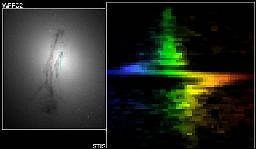 |
STIS M84 : The colorful "zigzag" on the right is not the work of a flamboyant artist, but the signature of a super-massive black hole in the center of galaxy M84, discovered by the Hubble telescope's imaging spectrograph.
The image on the left, also taken by Hubble, shows the core of the galaxy where the suspected black hole dwells. In a single exposure, astronomers mapped the motions of gas in the grip of the black hole's powerful gravitational pull by aligning Hubble's spectroscopic slit across the nucleus.
Credit: Gary Bower, Richard Green (NOAO), the STIS Instrument Definition Team, and NASA I worked on designing and evaluating the internal stray light baffles for STIS
Hubble Records a Black Hole's Signature |
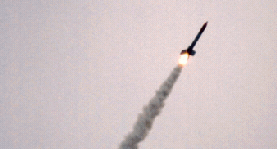 |
Aerobee Rocket Experience 1964-1974
Head, Instrumentation Section, Observational Astronomy Branch, Laboratory for Optical Astronomy. Responsibilities included all aspects of management and scientific participation in the Laboratory sounding rocket planetary and stellar observing program, including optical design, development, assembly, test, launch, data reduction, and laboratory support of numerous sounding rocket payloads.
Caltech: Infrared Astronomy Timeline
|
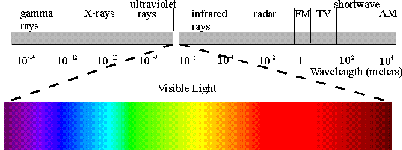 |
Electromagnetic Spectrum
"Optical" design tasks have included all spectral areas from gamma rays to radar, where imaging systems are used.
|
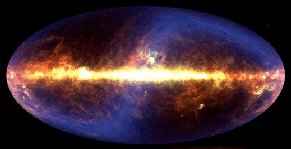 |
DIRBE/COBE Our Galaxy and Orbital Zodiacal Light
Instrument Systems Engineer for the Cosmic Background Explorer - Led a multidisciplinary team of Systems Engineers for the Far Infrared Absolute Spectrometer, Diffuse Infrared Background Experiment, and Differential Microwave Radiometer (DMR) instruments. While working in this position, also a Participating Scientist in the COBE mission. The DMR instruments have discovered small fluctuations in the cosmic background. (1980-1981) Designed the Stray Light Baffles for DIRBE
Three major sources contribute to the far-infrared sky: our Solar System, our Galaxy, and our Universe. The above image, in representative colors, is a projection of the entire infrared sky created from years of observations by the robot spacecraft COBE. Our Solar System is evidenced most prominently by the S-shaped blue sash called zodiacal light, created by small pieces of rock and dust orbiting between the Sun and Jupiter. Our Galaxy is evidenced by the bright band of light that crossed the middle of the image, created mostly by dust that laces the disk of our Milky Way. Close inspection of the image reveals that the background is not completely dark, indicating that our Universe itself provides a diffuse glow, created by the dust left over from the star formation throughout the Universe. |
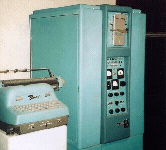 |
Bendix G-15 Computer
The first computer I used professionally at Douglas Aircraft was the Bendix G-15. I computed model atmospheres for the planet Mars so aerodynamic engineers could predict entry heating and deceleraton for Mars entry vehicles.
Computing Machines http://ei.cs.vt.edu/~history/machines.html |
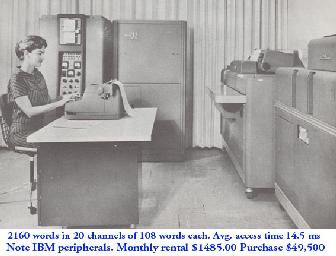 |
I had to include this picture because it had the cost for a G-15. I have a Palm - Tungsten-E, pocket sized PDA (personal digital assistant) that cost $200 that is far more computationally able than was the G-15. It can easily calculate model atmospheres in spread sheets.
Bendix G-15 |
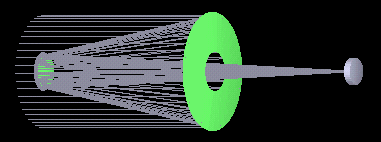 |
Ritchey-Chretien Telescope rendered in ZEMAX.
I generated this picture myself. |
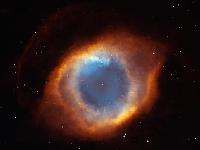 |
Helix Nebula : HST
The composite picture is a seamless blend of ultra-sharp NASA Hubble Space Telescope (HST) images combined with the wide view of the Mosaic Camera on the National Science Foundation's 0.9-meter telescope at Kitt Peak National Observatory, part of the National Optical Astronomy Observatory, near Tucson, Ariz. Astronomers at the Space Telescope Science Institute assembled these images into a mosaic. The mosaic was then blended with a wider photograph taken by the Mosaic Camera. The image shows a fine web of filamentary "bicycle-spoke" features embedded in the colorful red and blue gas ring, which is one of the nearest planetary nebulae to Earth. |
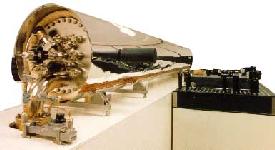 |
NIST-7
This cylinder houses one of the most accurate clocks in the world. NIST-7, the seventh generation atomic clock at the National Institute of Standards and Technology, will gain or lose about one second in six million years.
Courtesy of NIST |
| |
|
|

![]()
